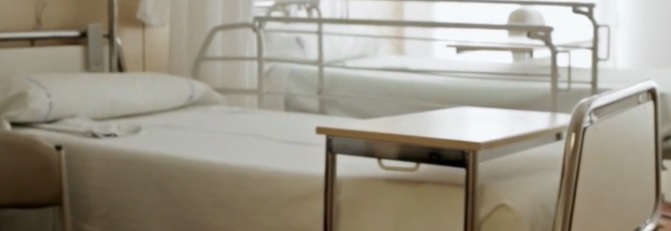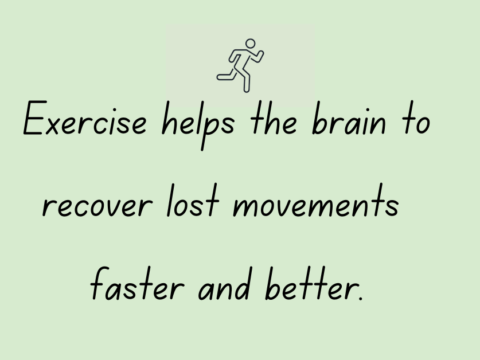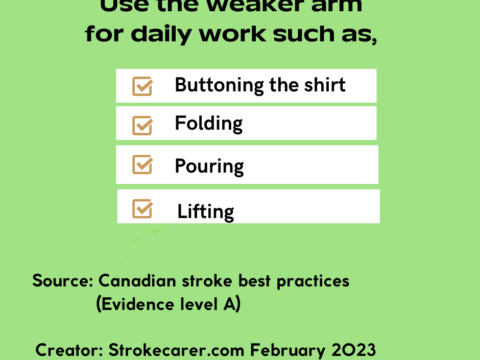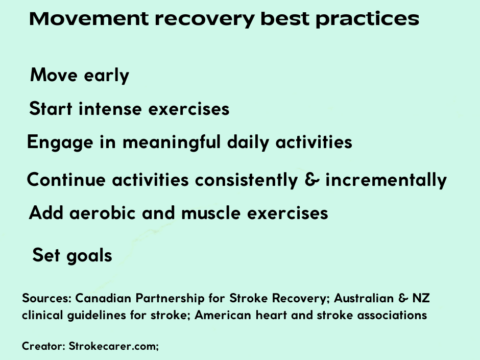
Have you thought about this? About the detrimental effects of prolonged bed rest? This post is about that.
Many older adults lose the ability to walk while they are in the hospital. This makes their stay longer and they may need help from others. Being in bed or not walking much during their stay makes it worse. Older adults in the hospital usually don’t walk much, only 15% as much as they normally would. This can happen quickly, within two days of being in the hospital. Some older adults can’t walk again after they leave the hospital and need extra help, which costs a lot of money each year.
A little bit of history about bed rest research
In the 19th century, bed rest was considered a main treatment method, researchers say This view began to change at the turn of the 20th century.
In 1947, Dr R.A.J. Asher wrote an article in the British Medical Journal about “Dangers of going to bed”. His article was meant for physicians: ” we should think twice before ordering our patients to bed and realize that beneath the comfort of blanket there lurks a host of formidable dangers”.
Since then, more evidence has been accumulating. In 1999, a group of researchers reviewed 39-bed rest trials published in The Lancet. The conclusion: bed rest did not improve the outcome significantly; rather they reported nine situations with worsening outcomes.
However, the campaign is ongoing.
American Family Physician journal report that “Up to 65% of older adults who are independent in their ability to walk will lose their ability to walk during a hospital stay.”
For example, if you visit the American Academy of Nursing, you can read the “Don’t Statement”:
Don’t Statement
Don’t let older adults lay in bed long unnecessarily during their hospital stay.
American Family Physician
The problem has received attention from several countries. It has led to a campaign named, “End PJ paralysis”.
End PJ (Pyjama) paralysis
End PJ paralysis is a global movement: https://endpjparalysis.org/

The following is a poster that is aimed at addressing this problem. We can find a series of similar educational tools to reduce the detrimental effects of prolonged bed rest.
Let us dive into our bodies to find out what happens when we take prolonged bed rest.
What happens inside our bodies during prolonged bed rest?
All our body mechanisms are set to function best when standing upright – and, to sleep only about eight hours. If we prolong our bed rest time for more than 24 hours, the body begins to reset all the systems to face the new challenges. Certainly, it will. And, it will result in a series of detrimental effects of prolonged bed rest.
Let us jump into this journey of exploring the “detrimental effects of prolonged bed rest”.
Prolonged bed rest’s detrimental effects on the heart and our blood circulation
In an upright position, most of our blood circulates below the heart level. Veins bring up the returning blood with all waste products produced by cells including carbon dioxide. The valves in veins and muscles support veins to do the job.
In contrast, in a lying down position, blood slowly moves to the abdomen, lower back, and lungs from the legs. The new situation exerts pressure on the heart. To relieve the pressure, the body initiates mechanisms to remove a certain amount of water from our blood through the kidneys. The aim is to reduce the burden – preload – on heart output. Not only that, but prolonged bed rest also reduces red blood cell mass too to reduce our blood’s oxygen-carrying capacity.
If the bed rest continues for as long as 6 weeks, research has shown that the heart muscles can get atrophied. If the bed rest continues for 20 days, the heart output can reduce by 25 per cent according to Kristin J. Stumpfle and Daniel G. Drury.
These adjustments cause problems; one is to increase the resting heart rate; another is postural hypotension in which we feel dizzy when we attempt to either sit on the bed or stand. It can occur even after 24 hours of strict bed rest.
Another interesting adjustment occurs in our venous blood collection system. It begins to pool blood in our deep veins. As a result, the risk of developing blood clots increases leading to deep vein thrombosis. And, the formed blood clots can dislodge, travel up to the lungs, and stuck there. This can result in pulmonary embolism, always a fatal situation.
Prolonged bed rest’s detrimental effects on our muscles
Very much similar to the heart and blood circulation mechanism, our muscles also work best when we stand upright against gravity. In a prolonged bed rest, with time, they begin to shorten and then remove some of their muscle fibres. It invariably loses muscle mass and subsequently its strength. Research shows that we can lose muscle strength by 6 – 40 per cent within 4 – 6 weeks of complete bed rest. More recently, a group of researchers from Johns Hopkins found that each passing day in the ICU lowers muscle strength by 3- 11 per cent a day over the ensuing months and may even extend to years.
As expected the most affected muscles are the ones that work against gravity: The “anti-gravity” muscles. Those are the muscles that help to raise the foot at the ankle joint, those in the thighs and arms, and those in the buttocks, calves, lower back, abdomen, and neck.
In some muscles such as those in the calves, thighs, and feet, we can readily see the wasting with prolonged bed rest. However, in other muscles, we cannot readily see it.
Research reveals that the wasting begins as early as the fifth day and reaches its peak in the second week of bed rest.
Wasting begins as early as the 5th day, reaches its peak in the second week of bed rest.
Prolonged bed rest’s effects on joints
Muscles are attached to joints through tendons and ligaments. And, joints are covered by some cartilage. Because of non-use, fibres in tendons and ligaments become shortened. Surrounding connecting tissues turn rigid due to the addition of collagen. The result? is the development of almost permanent contractures that freeze joint movements. Research shows that the appearance of collagen fibre can be observed as early as the sixth day of complete bed rest.
These changes occur in all joints. But, it is most pronounced in the hip, knee, and ankle joints.
Prolonged bed rest’s effects on bones
As in every part of our body, bones also respond negatively to bed rest. It begins to weaken with time; its building block – calcium – starts appearing in our urine within a few days of bed rest. It also increases the risk of forming kidney stones and urine infections. To make matters worse, calcium absorption in the intestine also decreases.
Research reveals that the bones in our legs and lower back are the worst affected.
Prolonged bed rest’s effects on the kidneys and bladder
Due to the non-use of bones, its building block, calcium, beings to drain into the urine. During the process, the chances of forming stones inside the kidneys and the bladder rises. Furthermore, due to urine retention inside the bladder, the chances of urine infection also rise.
Prolonged bed rest’s effects on the skin
The effects of prolonged bed rest on the skin particularly the skin over bony prominence are two-fold; shear and friction damage the superficial parts of the skin while the pressure interrupts the deep tissue functions. It includes underlying muscles too.
Prolonged bed rest due to the pressure it exerts on the skin over bony prominences occludes the smallest blood carriers – capillaries – blocking the blood supply to the skin and its surrounding tissues. This sudden attack deprives living cells of oxygen and nutrient supply. The situation will lead to cell death.
Experts say that the critical duration of pressure that requires developing a pressure injury can vary from 30 minutes to 4 hours. This variation depends on underlying diseases that affect small blood supply vessels including the smallest – capillaries.
Shearing, in addition to the direct external pressure, contributes to skin damage. Shearing refers to lateral displacement of the skin due to traction over the surface. Moreover, moisture too worsens the situation by softening the skin layers.
Not only the external pressure but shearing and friction on the skin damage the skin also. It deprives the skin cells and underlying tissues of their oxygen and nutrition for their survival, It can result in devastating bedsores. Once the process sets in, it can become a slippery slope. The most common 5 sites where pressure ulcers occur are the heel, ankle, bony prominences over the sides of the hip, sacral area, and skin over the sitting bones in the buttocks.
The detrimental effects of prolonged bed rest manifest all over the body.
Further reading;
- Stroke movement recovery resources
- Best practices to regain movements after stroke
- Best practices to recover walking after stroke



